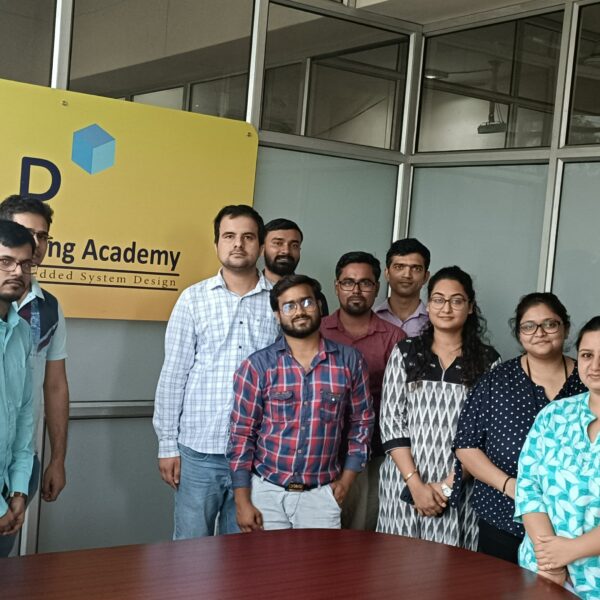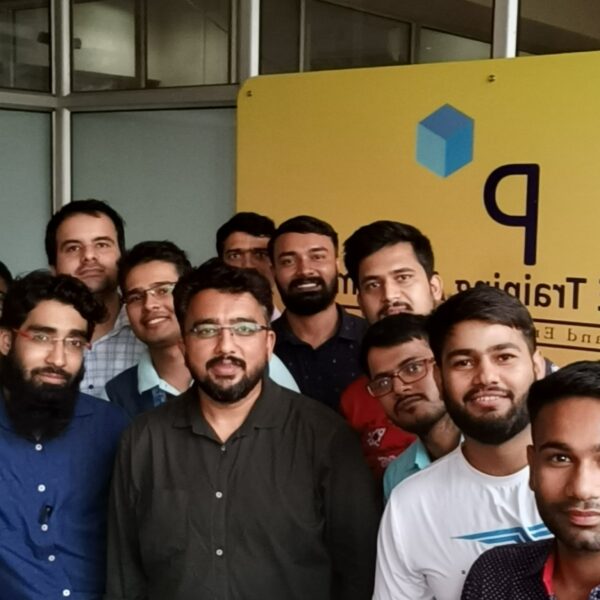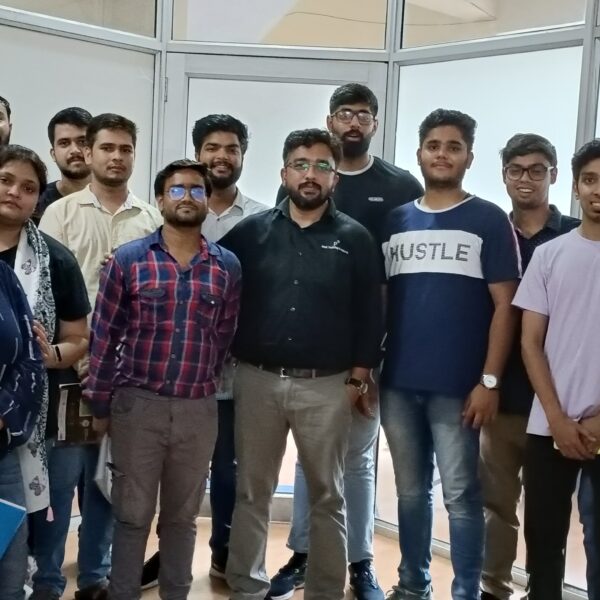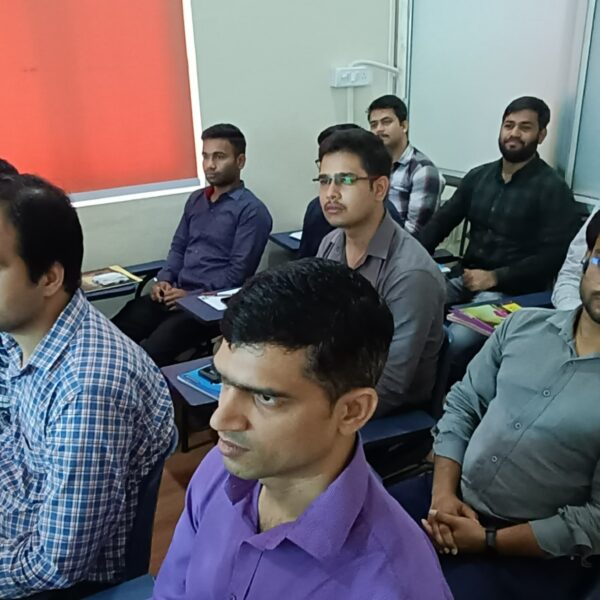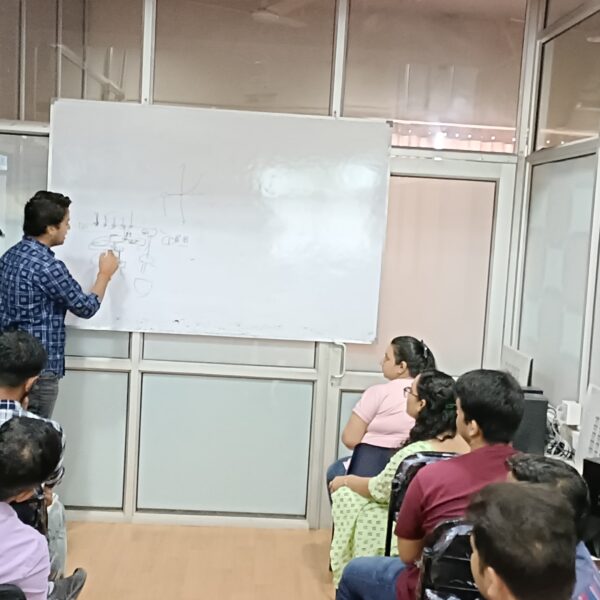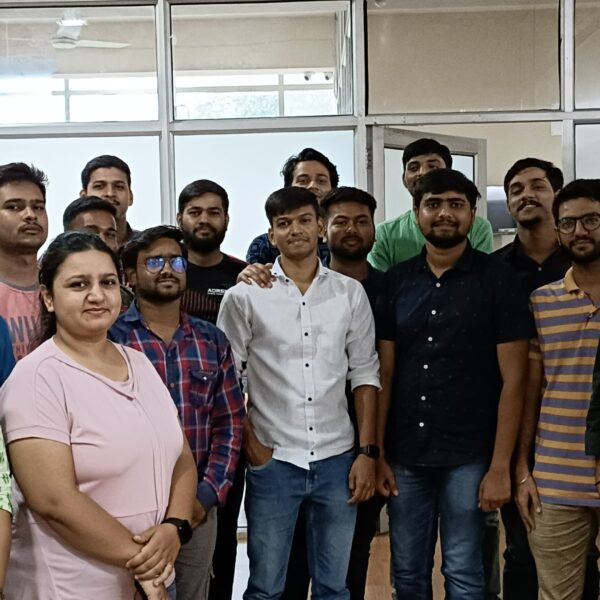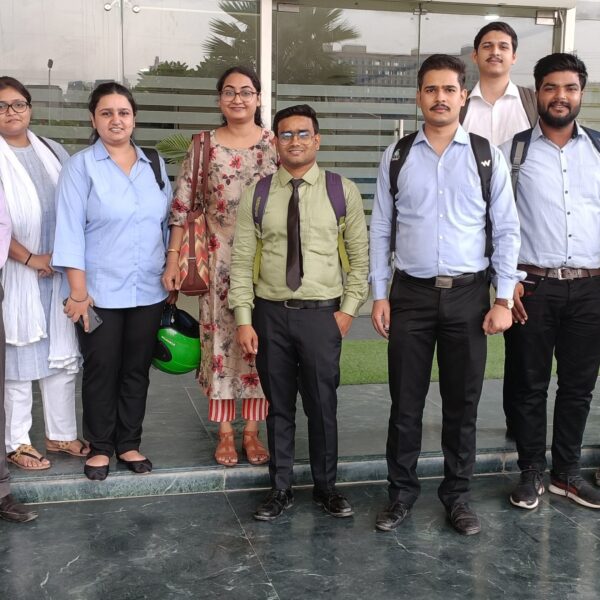Learning Stage in VLSI & Embedded
- Home
- Learning Stage in VLSI & Embedded
Learning Stage in VLSI
To understand VLSI design, one needs to have a solid foundation in digital electronics. This includes concepts such as Boolean algebra, logic gates, flip-flops, and counters.
The next step is to learn about circuit design. This includes topics such as transistor-level design, circuit analysis, and simulation.
Understanding the VLSI design flow is crucial to designing ICs. This includes topics such as design specification, RTL design, synthesis, layout design, and verification.
VLSI design involves using specialized software tools such as simulators, synthesis tools, and layout editors. Learning how to use these tools effectively is essential to becoming a skilled VLSI designer.
Once the basics are mastered, designers can move on to more advanced topics such as power optimization, clock distribution, and signal integrity.
Learning Stage in Embedded System
Before diving into embedded systems, one should have a solid foundation in programming fundamentals such as variables, control structures, functions, arrays, and pointers.
Understanding the architecture of the microcontroller or processor used in an embedded system is essential. This includes topics such as memory organization, I/O ports, timers, interrupts, and serial communication.
Embedded software development involves developing firmware, device drivers, and application software that runs on the microcontroller/processor. This requires knowledge of programming languages such as C, C++, and assembly language.
To interface with the external world, embedded systems require various hardware peripherals such as sensors, actuators, and communication modules. Learning how to interface with these hardware peripherals is a critical skill.
Embedded systems often require real-time performance, which can be achieved using real-time operating systems (RTOS). Learning how to use RTOS and develop real-time applications is an essential skill for embedded systems development.
Once the basics are mastered, designers can move on to more advanced topics such as power optimization, security, and the Internet of Things (IoT).
The learning stage in embedded systems is ongoing as the field is constantly evolving with new technologies and techniques. It requires dedication, persistence, and a strong foundation in programming fundamentals and microcontroller / processor architecture.


